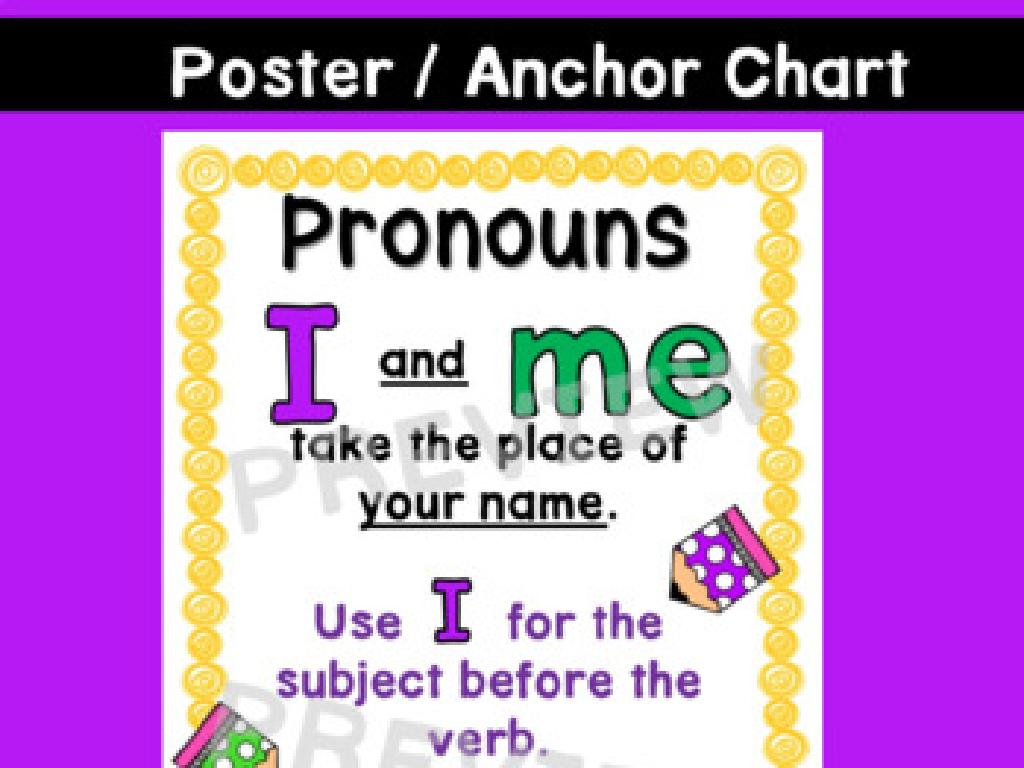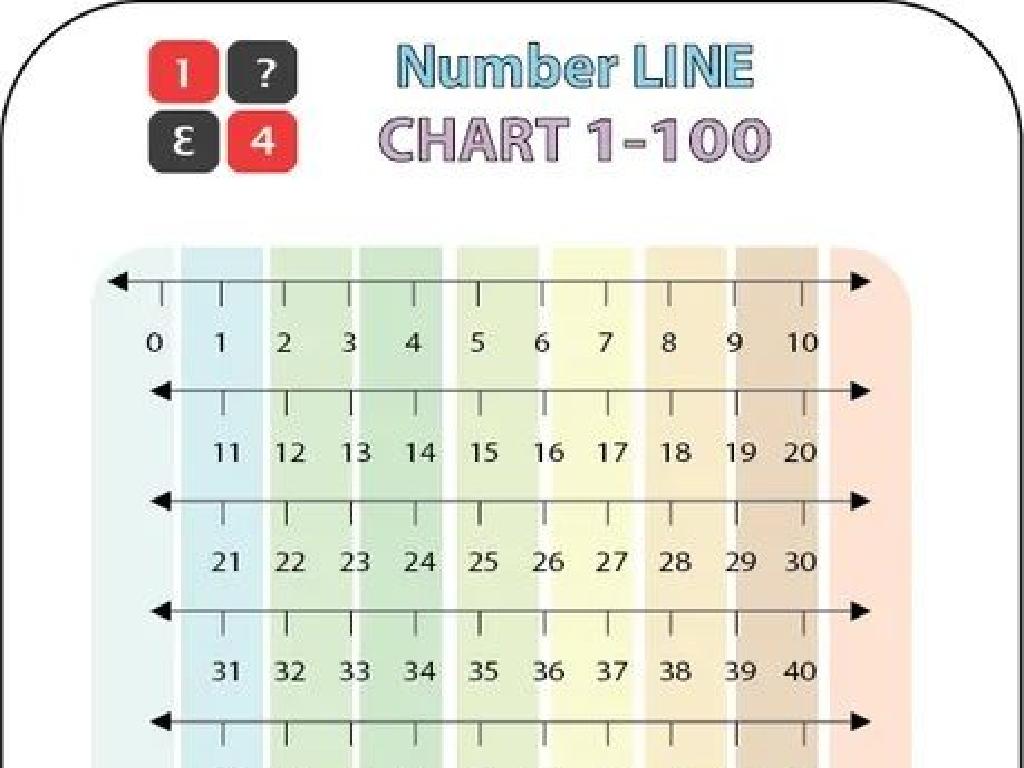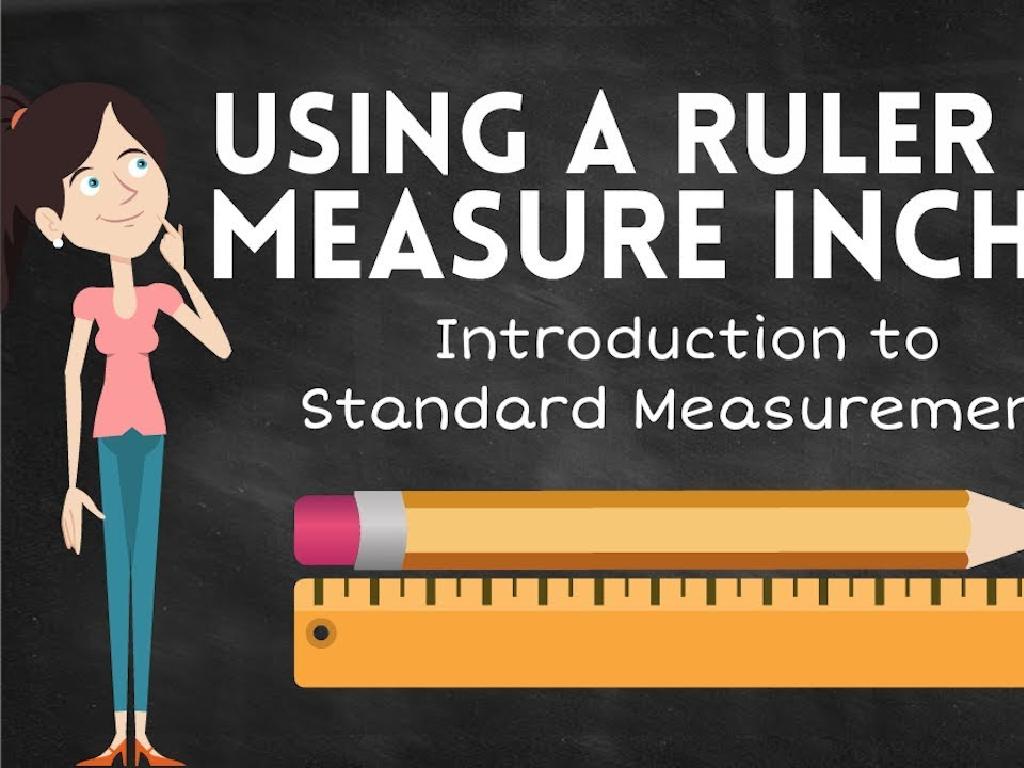Name Oceans And Continents
Subject: Social studies
Grade: Second grade
Topic: Geography
Please LOG IN to download the presentation. Access is available to registered users only.
View More Content
Exploring Our Earth: Oceans and Continents
– Our planet has vast oceans
– Oceans cover most of Earth’s surface
– Earth is also home to continents
– Continents are large landmasses on Earth
– Why learn about oceans and continents?
– Knowing geography connects us globally
– Recognizing Earth’s major parts
– Helps us appreciate our world’s diversity
|
This slide introduces the basic concepts of geography, focusing on the oceans and continents that make up our Earth. Emphasize to the students that understanding the different parts of our world is essential. It helps us see how vast and varied our planet is, with large bodies of water called oceans and great expanses of land known as continents. Discuss the importance of knowing about these geographical features, as it fosters a sense of global connection and appreciation for the diversity of our planet. Encourage the students to think about how oceans and continents might affect climate, culture, and the way we live. This will set the stage for more in-depth learning about each ocean and continent in subsequent lessons.
Exploring Our World: What is Geography?
– Geography: study of places
– Geography looks at land, water, and how we live together.
– It’s about people and environments
– It shows how humans interact with nature.
– Helps us find our place in the world
– Using maps, we learn our location on Earth.
– Geography is fun and exciting!
|
This slide introduces the concept of geography to second-grade students, emphasizing its importance in understanding the world around us. Geography is not just about maps and physical landscapes; it’s also about how people interact with their environment. It helps us comprehend our place on the planet and how different places can affect our lives. Encourage students to think about their own environment and how it shapes their daily activities. Use simple examples like the route from home to school to illustrate these ideas. The goal is to spark curiosity about the world and lay the groundwork for learning about oceans and continents.
Exploring Earth’s Oceans
– Five oceans on Earth
– Pacific, Atlantic, Indian, Southern, Arctic
– Pacific: the largest ocean
– The Pacific Ocean covers more area than all the land on Earth combined!
– Atlantic and Indian Oceans
– Southern and Arctic Oceans
|
This slide introduces students to the concept of Earth’s major oceans. Emphasize that our planet has five distinct oceans, each with its own size and characteristics. The Pacific Ocean, being the largest, is a great starting point to discuss the vastness of the oceans. It’s larger than all of Earth’s land combined, which can be a fascinating fact for second graders. The Atlantic and Indian Oceans are next in size, followed by the Southern and Arctic Oceans. Use a globe or a world map to help students locate each ocean. Encourage them to think about the different animals and environments that might exist in each ocean. This will set the stage for future lessons on marine life and ecosystems.
Exploring the Continents
– Seven continents on Earth
– Asia, Africa, North America, South America, Antarctica, Europe, and Australia
– Asia is the largest one
– Asia is bigger than other continents
– Africa, Europe, and more
– Continents are landmasses
– Big areas of land surrounded by oceans
|
This slide introduces the concept of continents to second-grade students. Start by explaining that our planet is divided into seven large landmasses called continents. Each one has a unique name and size, with Asia being the largest of them all. Use a globe or a world map to help students visualize where each continent is located. Encourage them to remember the names of the continents through fun activities like songs or matching games. Explain that continents are very large areas of land that are surrounded by oceans. This foundational knowledge sets the stage for further exploration into the geography of our world.
Exploring Earth: Oceans and Continents
– Earth’s oceans and continents
– Earth is made of large landmasses and vast oceans.
– Locate our continent on a map
– We live on one of these big pieces of land.
– Understanding Earth’s geography
– Oceans connect continents
– Oceans are big bodies of saltwater that surround continents.
|
This slide aims to introduce the students to the basic arrangement of oceans and continents on Earth. Start by showing a map or globe and pointing out the different continents and oceans. Ask the students if they can identify the continent they live on. Explain that continents are large land areas where people live, and oceans are vast bodies of water that separate these land areas. Highlight how oceans and continents are interconnected and the importance of both in Earth’s geography. Encourage the students to ask questions and share any prior knowledge they have about the topic.
Fun Facts: Oceans and Continents
– The vast Atlantic Ocean
– It’s as big as 76.762 million football fields!
– Africa’s unique location
– Africa touches all four hemispheres.
– Oceans cover most of Earth
– Continents are land giants
|
This slide is designed to spark the curiosity of second-grade students with astonishing facts about the geography of our planet. Emphasize the sheer size of the Atlantic Ocean by comparing it to something they can visualize – football fields. Highlight Africa’s unique geographical position spanning the northern, southern, eastern, and western hemispheres. Explain that oceans are vast bodies of water that cover the majority of Earth’s surface, providing a home for marine life and influencing weather patterns. Discuss how continents are extensive landmasses where people live and which host diverse ecosystems and cultures. Encourage students to think about the scale of these geographical features and how they shape life on Earth.
Class Activity: Make Your Own Map!
– Become a young geographer
– Draw the world map yourself
– Label oceans and continents
– Share and tell a fun fact
– Choose your favorite and learn an interesting detail about it
|
This activity is designed to engage students with hands-on learning. Provide each student with a blank map outline and coloring materials. Assist them in identifying and labeling the five oceans: Pacific, Atlantic, Indian, Southern, and Arctic; and the seven continents: Asia, Africa, North America, South America, Antarctica, Europe, and Australia. Encourage creativity in their maps. Once completed, each student will present their map to the class and share one fun fact about their favorite ocean or continent. This could be about the wildlife, climate, or a famous landmark. For the teacher: Prepare a list of fun facts for each continent and ocean to help students who might have difficulty finding one. Also, consider pairing students to foster collaboration.






